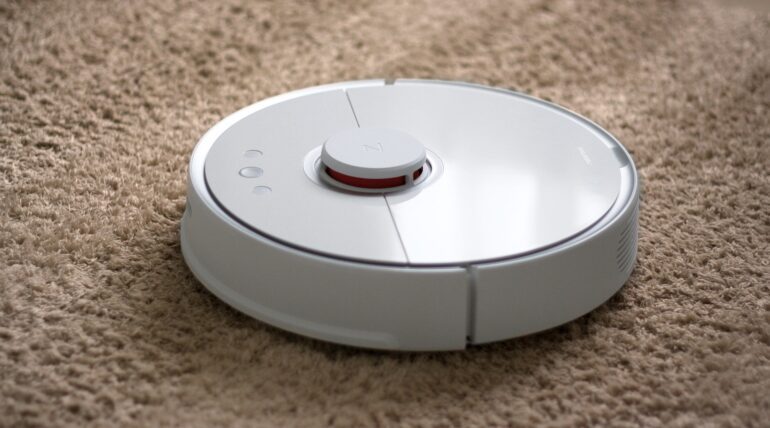TL;DR:
- The development of large language models (LLMs) is simplifying human-robot interaction.
- Natural language interaction methods are intuitive and user-friendly, driving the adoption of LLMs.
- Home-use robots are expected to be the first to adopt natural language interaction methods.
- LLMs can be applied to various general missions and offer flexibility compared to specialized AIs.
- Microsoft and Alphabet have developed interfaces for their interactive robots using LLMs.
- Robot operation has relied on offline simulation and manual guidance, but LLMs offer new possibilities.
- Microsoft’s ChatGPT robot accepts natural language commands and produces movement plans.
- Alphabet’s PaLM-SayCan and PaLM-E utilize natural language commands and visual data for movement plans.
- LLM-supported robots are not widely available in the market, but their potential is significant.
- Home-use robots are expected to adopt LLM technology faster than industrial robots.
Main AI News:
The growing simplicity of human-robot interaction and operation can be attributed to the rapid advancements in large language models (LLMs). These models are poised to revolutionize the way we interact with robots, with a focus on natural language interaction methods that are intuitive and user-friendly. DIGITIMES Research predicts that the adoption of this method will initially be seen in home-use robots.
Unlike specialized artificial intelligence that is trained on curated datasets for specific tasks, LLMs can be applied to a wide range of general missions. Technology giants Microsoft and Alphabet have made significant strides in this area by developing interfaces for their interactive robots, leveraging the power of LLMs to comprehend natural language commands and translate them into planned movements.
Until now, robot operation has primarily relied on offline simulations, teaching pendants, or manual guidance. The utilization of natural language interaction methods has been limited to specific tasks with restricted functionalities. However, Microsoft’s investment in OpenAI has led to the development of the Generative Pre-trained Transformer-3 (GPT-3) model and the ChatGPT platform. Engineered Arts, based in the UK, has also adopted GPT-3 for its humanoid robot Ameca, enabling it to engage in conversations with humans.
Microsoft’s ChatGPT robot features a conversation interface that can accept natural language commands, producing movement plans in JavaScript Object Notation (JSON) format. Alphabet’s PaLM-SayCan, based on the Pathways Language Model (PaLM), is another remarkable development. It can comprehend natural language commands with ambiguous semantics and analyze them to generate feasible movement plans. PaLM-E, a system that combines the PaLM language model with visual perception capabilities, further enhances the interaction between the robot and its environment. By incorporating visual data, this system enables the robot to understand its surroundings and generate movement plans based on natural language commands, bridging the gap between language models and direct human interactions.
Although LLM-supported robots have not yet made a significant presence in the market, their potential is immense. Home-use robots, which typically do not require high levels of movement precision, are expected to embrace LLM technology at a faster pace compared to their industrial counterparts. DIGITIMES Research anticipates a promising future for LLMs in the robotics industry, revolutionizing the way we interact with and operate robots in various domains.
Conlcusion:
The advancements in large language models (LLMs) and their application in the field of human-robot interaction signify a significant shift in the market. The adoption of natural language interaction methods facilitated by LLMs brings about greater simplicity and user-friendliness in operating robots. This opens up new possibilities for a wide range of industries, particularly in the home-use robot segment.
With the potential to streamline interactions and enhance user experience, LLM-supported robots are poised to revolutionize the market and drive increased demand. Businesses operating in the robotics industry should closely monitor these developments and consider leveraging LLM technology to stay ahead of the competition and meet the evolving needs of customers.

